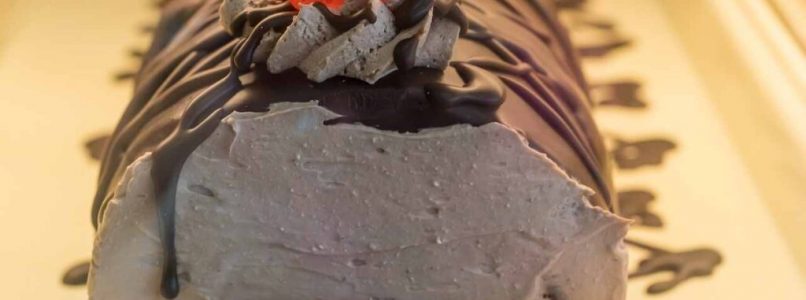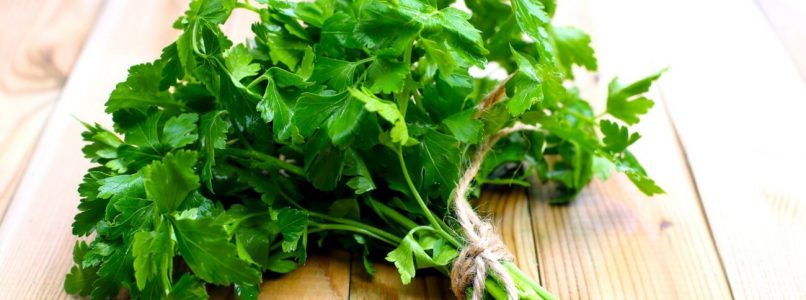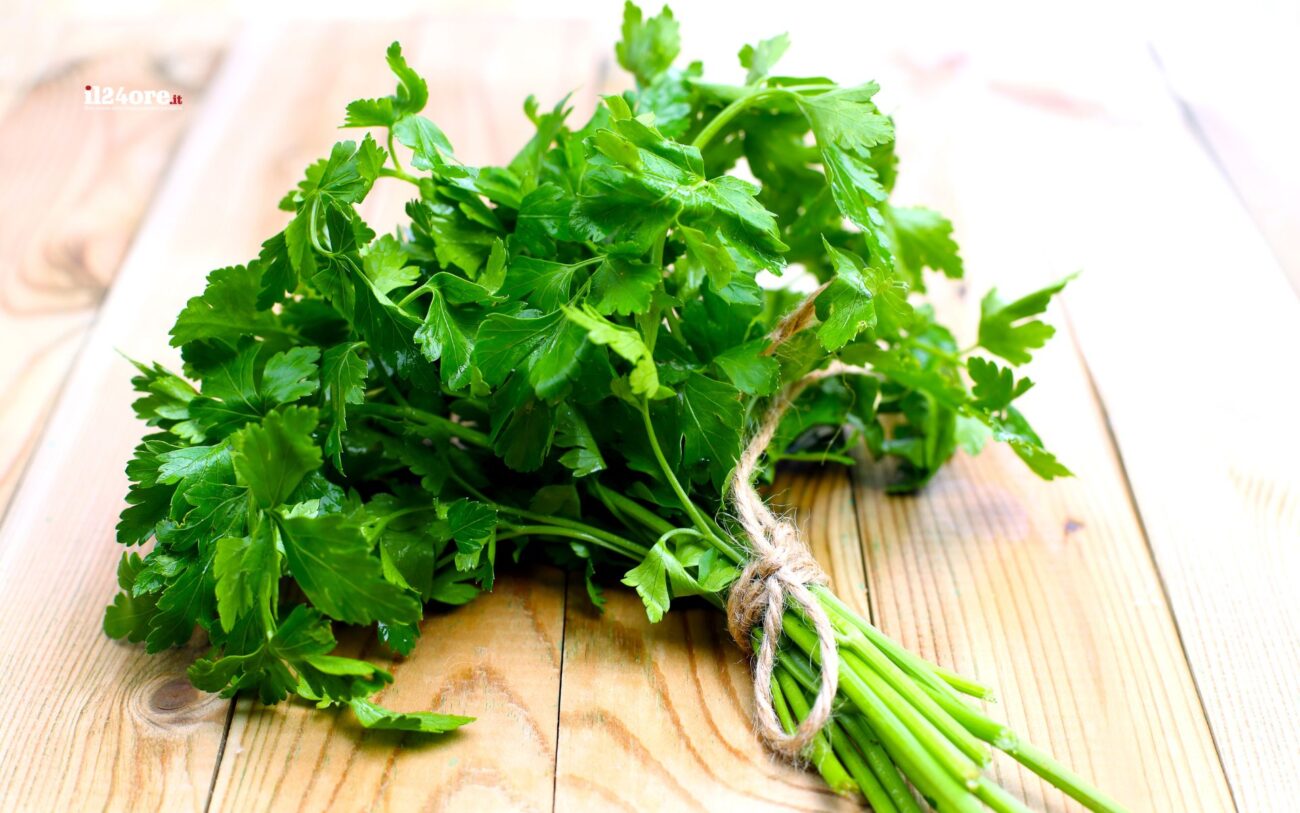If there is a word that evokes sensations of gluttony and refinement in the world of pastry making, that word is it Namelaka. Let’s find out what is Namelaka and everything you need to know about this delight.
The first thing to know is that it is a velvety and delicate cream that has managed to conquer the palates of those seeking sweet excellence.
There Namelaka it is a great addition to a wide range of desserts and sweets thanks to its silky texture and delicious flavour.
Namelaha: what it is and origins
The term “Namelaka” has Japanese origins and literally means “smooth as silk”. It is one of the most interesting and innovative preparations of modern pastry, developed in Japan by a pastry chef who sought to create a new and unique consistency.
Its history is linked to the search for perfection: a balance between texture and flavor that elevates any dessert to the level of art.
It is not a mousse (even if it is very delicate) and it is not a ganache (even if it maintains a good structure). It is a silky and soft cream, but well structured
This cream has quickly gained popularity among chefs and pastry chefs around the world for its versatility and ability to enhance any dessert with its silky texture.
How to prepare Namelaka
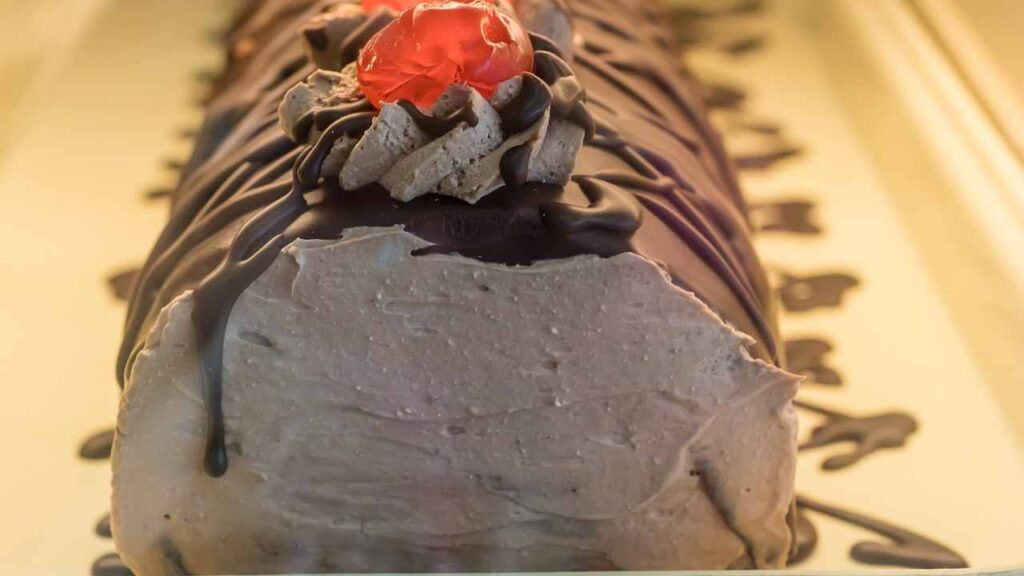
The preparation of Namelaka It’s not difficult, but requires precision and attention to detail. In fact, although it is made with few ingredients, each step must be followed carefully to obtain the desired consistency.
Ingredients:
- 300 g at least 70% dark chocolate
- 250 ml whole milk
- 450 ml fresh cream
- 5 g isinglass
Preparation:
- Start by melting the chopped chocolate in a bain-marie or in the microwave until you obtain a smooth, lump-free consistency.
- In a saucepan, heat the milk (without reaching the boiling point).
- Soften the gelatine in cold water, squeeze it and add it to the still hot milk, stirring until completely dissolved.
- Gradually pour the milk over the melted chocolate, stirring gently until smooth.
- Add the fresh cream (cold from the fridge) to the mixture and mix, making sure to incorporate it completely.
- Use an immersion blender to emulsify the mixture and make it silkier.
- Cover with cling film and leave the cream to cool in the refrigerator for at least 4 hours or until it solidifies sufficiently.
Namelaka: flavors and variations
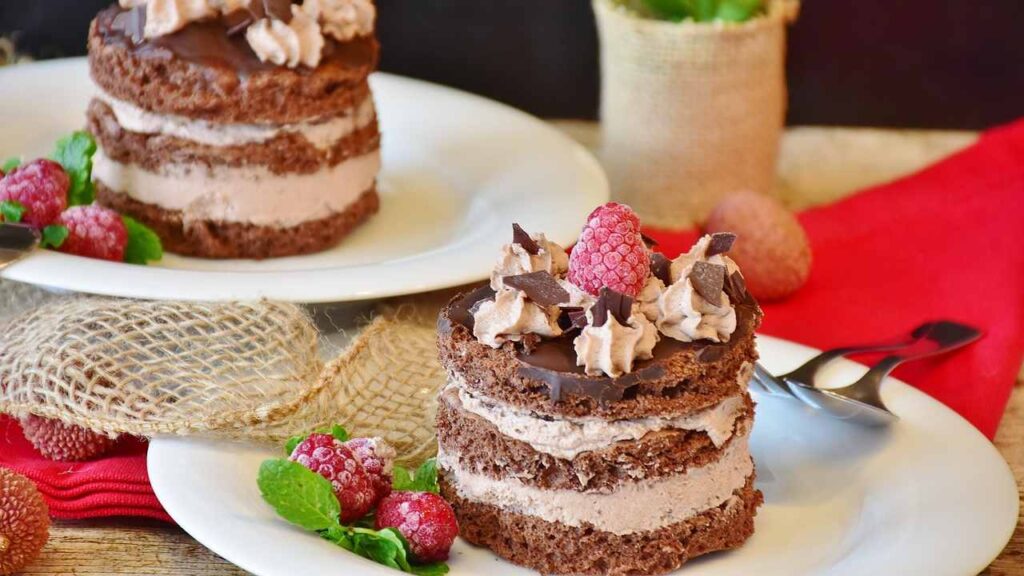
There Namelaka with dark chocolate it is the traditional version, but its popularity is also due to its versatility. You can customize this cream according to your tastes and preferences. Here are some ideas:
- Chocolate variants – It is possible to experiment with chocolates of different origins and cocoa percentages to obtain unique aromas. White chocolate namelaka or milk chocolate give life to a cream with surprising aromatic profiles.
- Pistachio – Pistachio lovers can prepare one Pistachio namelaka simply replacing the dark chocolate with white chocolate and adding a pistachio spread.
- Aromatic additions – Simply add natural extracts such as vanilla, coffee, citrus fruits, spices or liqueurs to enrich the flavor of the very creamy cream.
- Vegan variants – Those who follow a cruelty free diet can make a vegan version by replacing the milk and cream with plant-based alternatives such as almond milk, coconut milk or soy milk.
How to use Namelaka
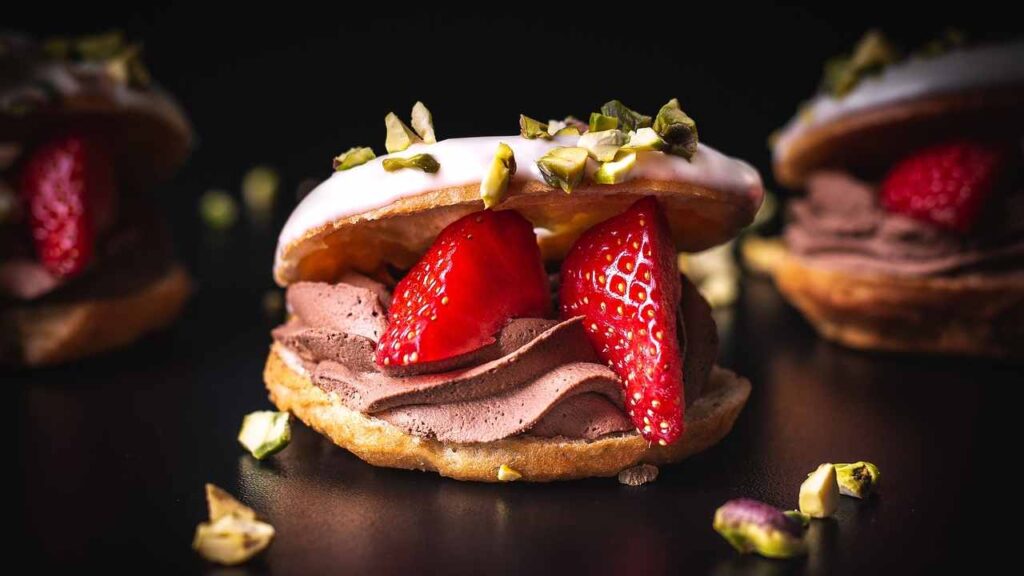
The consistency and structure of Namelaka make it ideal for filling and garnishing cakes, desserts and ice creams. Here are some ideas on how to make the most of this velvety cream:
- Pastry filling – You can fill cream puffs or small pastries or use it as an internal layer or as a filling for cakes and tarts. The result will be creamy and refined.
- Dessert topping – If desired, you can add a generous spoonful of Namelaka on top of ice cream for an extra touch. Alternatively it can be used as a topping on mousse or puddings.
- Component for desserts – It can be used to prepare spoon desserts, for example by alternating the cream with fresh fruit, crumbled biscuits or chopped dried fruit.
- Decoration – You can use it to create decorative designs on cakes or desserts for an artistic touch. Any examples? Drop, spiral or brush stroke designs on plates and desserts.
Some practical advice…
There is no limit to how to use it Namelaka. However, you need to keep some practical tips in mind.
For example, the Namelaka it can be prepared in advance, even over 12 hours, but it will always remain good and creamy.
You can add a few spoonfuls of honey to tone down the strong flavor of the dark chocolate, opting for honey that is as neutral as possible if you don’t want to change the flavor of the cream.
If it is not consumed all then it should be stored in the refrigerator and consumed within a few days to maintain optimal freshness and consistency.
It is also good to bring out the Namelaka from the refrigerator a few minutes before using it to allow a softer and easier to work with consistency.
How to freeze Namelaka
Yes it can freeze the Namelakabut freezing the cream can affect its consistency and stability once thawed.
In general, ingredients such as chocolate, milk and cream can react differently to freezing and thawing, potentially causing changes in the texture and stability of the cream.
It may become slightly grainier or separate slightly. For this reason, you could try to emulsify it again with an immersion blender to bring it back to the desired consistency.
After thawing, the Namelaka it can be used as usual in preparations requiring a creamy consistency, but may not be suitable for decorative purposes due to possible variation in consistency.
Having said that, if you want freeze the Namelakayou need to let the cream cool completely, place it in an airtight container or in food bags suitable for freezing (trying to leave extra space inside the container as it may expand slightly during freezing) and put it in the freezer.
There Namelaka it can be stored in the freezer for about 1-2 months without excessively losing quality, but it is advisable to consume it as soon as possible to guarantee the best flavor and consistency.
To defrost it, simply move the container from the freezer to the refrigerator and let it defrost slowly for several hours or overnight.
